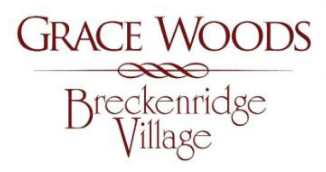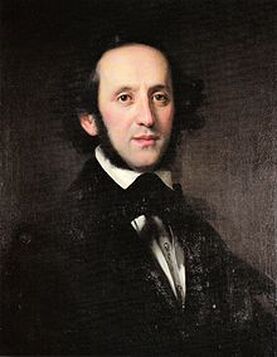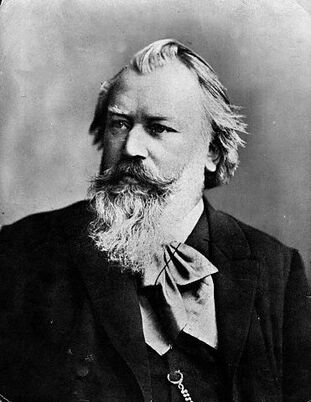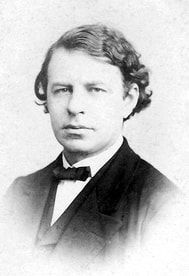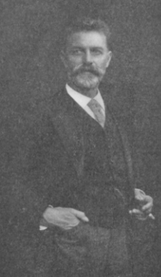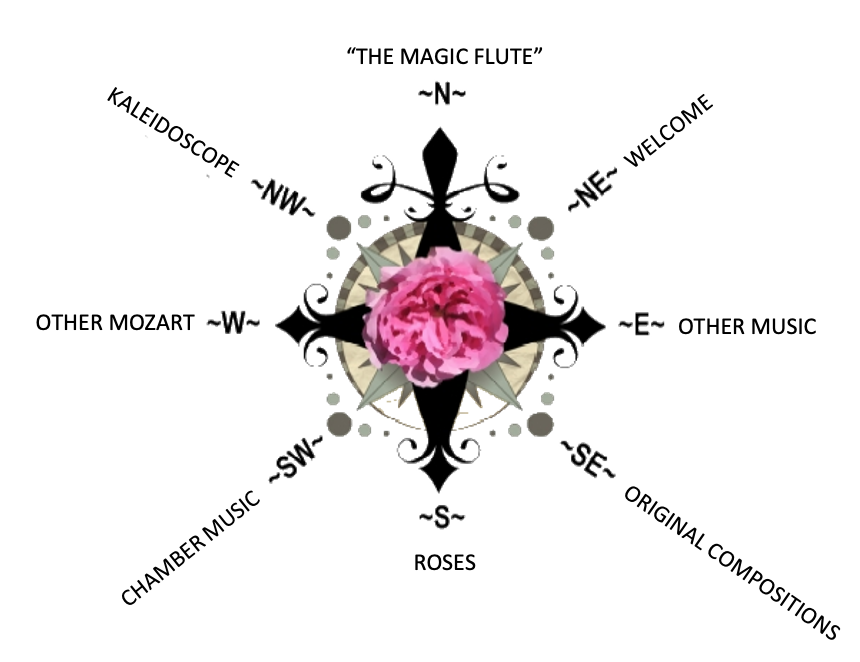- Home
- N - The Magic Flute
- NE - Welcome!
-
E - Other Music
- E - Music Genres >
- E - Composers >
-
E - Extended Discussions
>
- Allegri: Miserere
- Bach: Cantata 4
- Bach: Cantata 8
- Bach: Chaconne in D minor
- Bach: Concerto for Violin and Oboe
- Bach: Motet 6
- Bach: Passion According to St. John
- Bach: Prelude and Fugue in B-minor
- Bartok: String Quartets
- Brahms: A German Requiem
- David: The Desert
- Durufle: Requiem
- Faure: Cantique de Jean Racine
- Faure: Requiem
- Handel: Christmas Portion of Messiah
- Haydn: Farewell Symphony
- Liszt: Évocation à la Chapelle Sistine"
- Poulenc: Gloria
- Poulenc: Quatre Motets
- Villa-Lobos: Bachianas Brazilieras
- Weill
-
E - Grace Woods
>
- Grace Woods: 4-29-24
- Grace Woods: 2-19-24
- Grace Woods: 1-29-24
- Grace Woods: 1-8-24
- Grace Woods: 12-3-23
- Grace Woods: 11-20-23
- Grace Woods: 10-30-23
- Grace Woods: 10-9-23
- Grace Woods: 9-11-23
- Grace Woods: 8-28-23
- Grace Woods: 7-31-23
- Grace Woods: 6-5-23
- Grace Woods: 5-8-23
- Grace Woods: 4-17-23
- Grace Woods: 3-27-23
- Grace Woods: 1-16-23
- Grace Woods: 12-12-22
- Grace Woods: 11-21-2022
- Grace Woods: 10-31-2022
- Grace Woods: 10-2022
- Grace Woods: 8-29-22
- Grace Woods: 8-8-22
- Grace Woods: 9-6 & 9-9-21
- Grace Woods: 5-2022
- Grace Woods: 12-21
- Grace Woods: 6-2021
- Grace Woods: 5-2021
- E - Trinity Cathedral >
- SE - Original Compositions
- S - Roses
-
SW - Chamber Music
- 12/93 The Shostakovich Trio
- 10/93 London Baroque
- 3/93 Australian Chamber Orchestra
- 2/93 Arcadian Academy
- 1/93 Ilya Itin
- 10/92 The Cleveland Octet
- 4/92 Shura Cherkassky
- 3/92 The Castle Trio
- 2/92 Paris Winds
- 11/91 Trio Fontenay
- 2/91 Baird & DeSilva
- 4/90 The American Chamber Players
- 2/90 I Solisti Italiana
- 1/90 The Berlin Octet
- 3/89 Schotten-Collier Duo
- 1/89 The Colorado Quartet
- 10/88 Talich String Quartet
- 9/88 Oberlin Baroque Ensemble
- 5/88 The Images Trio
- 4/88 Gustav Leonhardt
- 2/88 Benedetto Lupo
- 9/87 The Mozartean Players
- 11/86 Philomel
- 4/86 The Berlin Piano Trio
- 2/86 Ivan Moravec
- 4/85 Zuzana Ruzickova
-
W - Other Mozart
- Mozart: 1777-1785
- Mozart: 235th Commemoration
- Mozart: Ave Verum Corpus
- Mozart: Church Sonatas
- Mozart: Clarinet Concerto
- Mozart: Don Giovanni
- Mozart: Exsultate, jubilate
- Mozart: Magnificat from Vesperae de Dominica
- Mozart: Mass in C, K.317 "Coronation"
- Mozart: Masonic Funeral Music,
- Mozart: Requiem
- Mozart: Requiem and Freemasonry
- Mozart: Sampling of Solo and Chamber Works from Youth to Full Maturity
- Mozart: Sinfonia Concertante in E-flat
- Mozart: String Quartet No. 19 in C major
- Mozart: Two Works of Mozart: Mass in C and Sinfonia Concertante
- NW - Kaleidoscope
- Contact
GRACE WOODS MUSIC SESSION: OCTOBER 17, 2022
Concertos by Mendelssohn and Brahms
by Judith Eckelmeyer
Felix Mendelssohn (1809-1847) was born into a well-to-do, cultured family in Berlin and the grandson of the Enlightenment philosopher Moses Mendelssohn. He was not only a musical prodigy, writing 12 symphonies for strings and a couple of concertos by the time he was 14, but a polymath as an adult—a talented artist, composer, performer, conductor, impresario, and advocate of earlier music. Notably, he was responsible for the return of J. S. Bach’s music to the public when in 1829 he prepared and directed the first performance of Bach’s St. Matthew Passion since Bach’s death in 1750.
Given Mendelssohn’s clear-eyed understanding of musical conventions of his predecessors, it is particularly interesting that he “misconstructed” his 1844 Violin Concerto in E-minor in many ways. Although in the traditional 3 movements, he linked the first to the second by a bassoon solo of two prolonged notes. Within the first movement, there is no orchestral exposition; the violin soloist takes off at the very beginning of the work. And the convention of a cadenza toward the end of the recapitulation is abandoned; Mendelssohn places it at the end of the development as a (very effective) way to transition to the recapitulation. The second movement is, as expected, is slower and quite melodious. Almost as if continuing the mood of the second movement, the third is introduced by a slow, solemn introduction, but changes radically with the initial theme. It is lively and in the major key, very reminiscent of Mendelssohn’s own Overture to A Midsummer Night’s Dream, composed 18 years earlier.
Itzhak Perlman, violin
Michael Tilson Thomas, conductor | San Francisco Symphony (2011)
David Zinman, conductor New York Philharmonic (1983)
Michael Tilson Thomas, conductor | San Francisco Symphony (2011)
David Zinman, conductor New York Philharmonic (1983)
Johannes Brahms (1833-1897) was a concert pianist rather than a string player. He relied on his friend Joseph Joachim, a concert violinist, for suggestion in refining his violin compositions.
Brahms dedicated his 1878 Violin Concerto in A-minor to Joachim, who performed the premiere; Joachim and cellist Robert Hausmann performed the premiere of the Double Concerto of 1887.
Brahms’s classical gene was, in this concerto, influenced by his deep interest in music of the Baroque. The work is in fact a concerto grosso but differs from the Baroque norm in having solo string instruments of two different ranges. The three movements display various combinations of the use of the two instruments: unison (at the octave), contrapuntal, harmonized, melodic line extended in one sweep through the ranges of the two, and several others. Enjoy seeking out the various techniques!
The second movement is, as expected, is slower and quite melodious. Almost as if continuing the mood of the second movement, the third is introduced by a slow, solemn introduction, but changes radically with the initial theme. It is lively and in the major key, very reminiscent of Mendelssohn’s own Overture to A Midsummer Night’s Dream, composed 18 years earlier.
The second movement is, as expected, is slower and quite melodious. Almost as if continuing the mood of the second movement, the third is introduced by a slow, solemn introduction, but changes radically with the initial theme. It is lively and in the major key, very reminiscent of Mendelssohn’s own Overture to A Midsummer Night’s Dream, composed 18 years earlier.
Brahms: Double Concerto in A-minor for violin and cello, Op. 102
Anne-Sophie Mutter, violin | Maximilian Hornung, cello
Symphonie-Orchester des Bayerischen Rundfunks
Es Dirigiert, Mariss Jansons
Anne-Sophie Mutter, violin | Maximilian Hornung, cello
Symphonie-Orchester des Bayerischen Rundfunks
Es Dirigiert, Mariss Jansons
Choose Your Direction
The Magic Flute, II,28.
